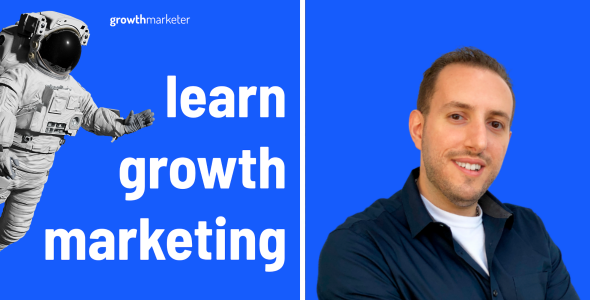Perhaps you’ve been looking to take your podcast to the next level – whether growing your audience or trying out new topics. You may have come across Castos, an podcast hosting platform that can help you distribute your podcast. If you’re wondering about the best way to create a podcast website for Castos hosted podcasts – you’ve reached the right place.
Castos has many great features, such as hosting, YouTube republishing, and access to analytics. However, it lacks some of the design and Search Engine Optimization (SEO) features and website building features of other platforms like Podcastpage. That’s why we’ve put together this guide on how to use both of the tools.
In this post, we’ll introduce Castos and discuss some of its features. Next, we’ll explain where its website options might be lacking. Finally, we’ll provide three tips for how to create a podcast website with Castos and Podcastpage. Let’s get started!
An Introduction to Castos
Castos is a podcast hosting platform that supports unlimited podcast episodes. It aims to help podcasters grow and make money from their shows:
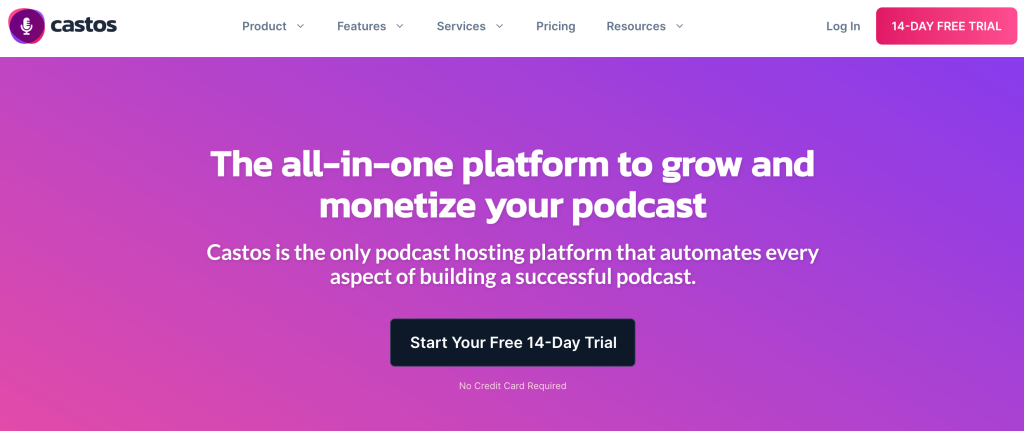
With Castos, you can republish your show on YouTube, distribute your podcast to all major directories like Spotify and Apple Podcasts, etc.
Castos also offers analytics tools such as audience demographics, the total amount of listens, top episodes, and listening behavior. This information, in turn, will help to improve your show based on real-world data.
Where Castos Might Be Lacking
While Castos is a reliable option for hosting your show, there are several ways it comes up short. A more sophisticated website builder such as Podcastpage.io has more customization and SEO features that can help grow your listener base.
For example, Podcastpage’s multi-page layout is ideal for tailoring your podcast website to fit your needs. Features such as subscribe buttons, contact forms, and automatically imported podcast reviews let you expand your show.
Furthermore, Podcastpage supports infinite episodes, custom pages, and a full blog section to make a unique website for your show. Podcastpage also includes different types of audio players, guest intake forms, advanced layout settings, and so much more! All of these elements can increase listener engagement and boost SEO. Ultimately, Podcastpage can help you expand your audience and achieve even more success with your show.
How to Create a Podcast Website with Castos (3 Tips)
While Castos solution might lack website customization features, it’s still a good option for hosting your podcast. Using both Castos and Podcastpage, you can create an excellent website for your podcast.
1. Decide on Your Template
Castos will design you a pre-built website with customizable colors, fonts, and cover art. However, these are pretty much the only visually-customizable elements you’ll get.
By contrast, Podcastpage offers numerous podcast website templates to customize your site’s appearance. You can speed up the site creation process by choosing a layout that best matches the mood of your show:
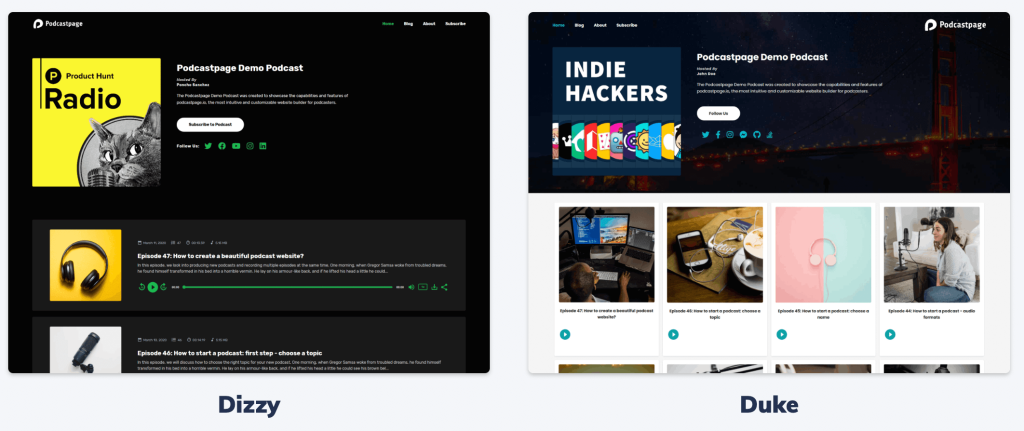
Let’s take a look at Duke as an example. This bright template enables you to display individual episode artwork and titles right on the front page:
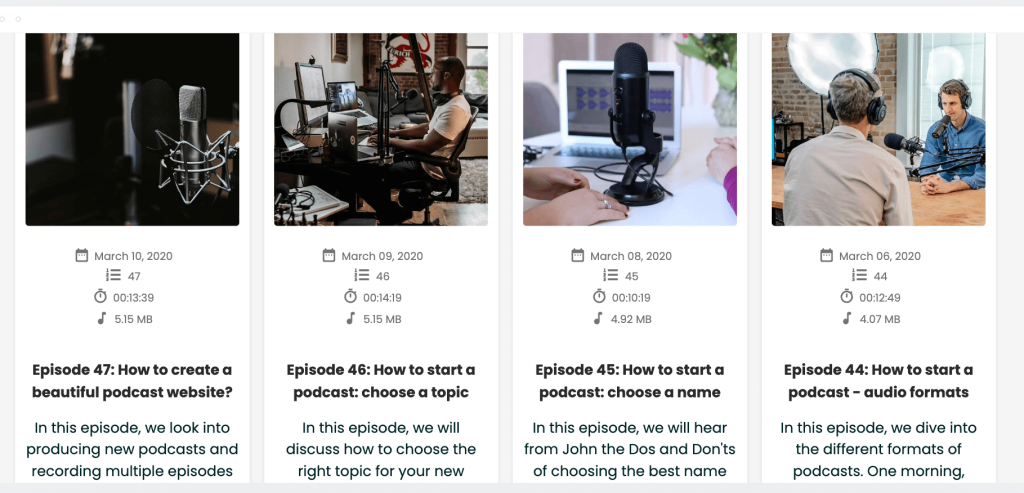
This template also enables site visitors to see the file size, length, and date of the episode. Plus, you can use our easy website-building tool to modify all aspects of your site’s design and make it yours.
2. Connect Your Podcast
Podcastpage makes it super easy to connect your existing podcast and automatically import all past and future episodes. Simply head over to the “Podcasts” screen and click on “Add New”. In the box that opens up, either search for your podcast, or just add the RSS feed link directly:
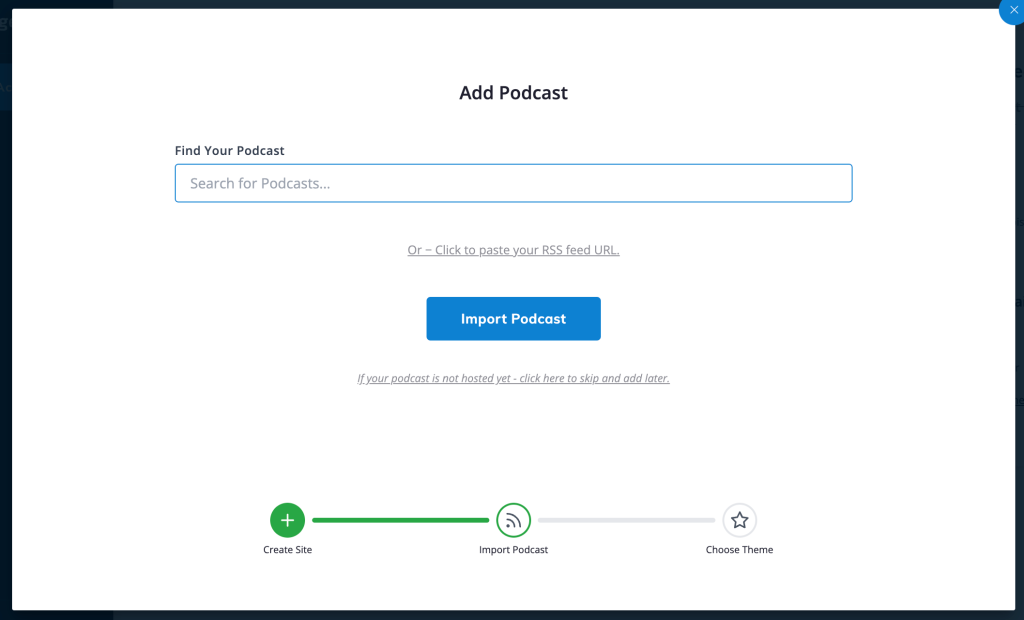
From here, a full website will be created with all your episodes. In addition, our easy-to-navigate dashboard lets you sync your RSS feed, edit already-uploaded episodes, and optimize your titles to attract more listeners from search results. You can attach guests, hosts or other participants to your episodes and podcasts, and even connect more than one podcast on the same site.
In addition, Podcastpage can easily share your content with your audience. You can set up automatic tweets when you post new episodes and embed social sharing icons to reach your listeners faster.
3. Customize Your Site
When it comes to customizing your podcast website, Castos has minimal options. You can’t easily add different pages such as episode collections, contact pages, and testimonials.
Podcastpage, on the other hand, enables you to customize every detail of your website’s appearance and create key pages. When you sign up for an account with Podcastpage, you’ll see all the modifiable options in the left-hand sidebar:
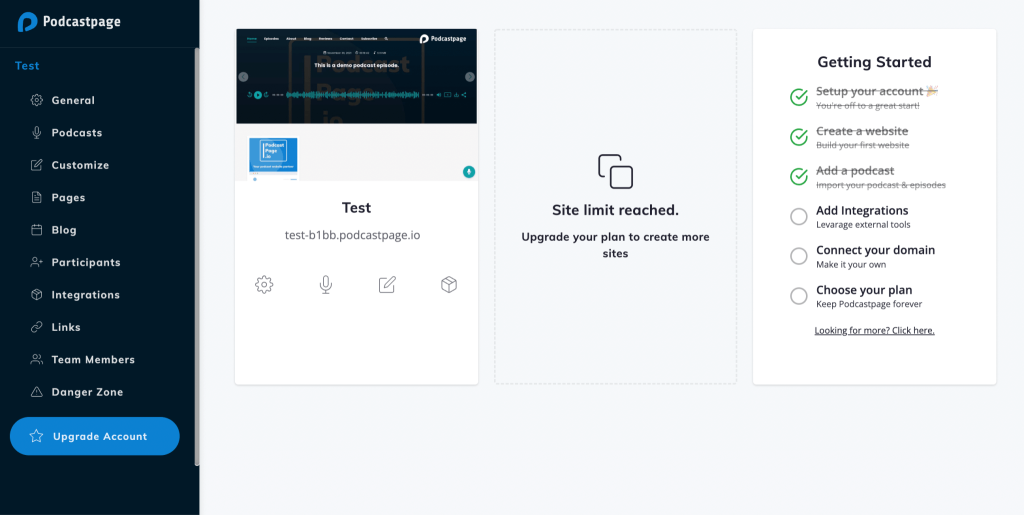
Here you can add new pages to your site, format your podcast blog, and customize your audio player, you can change your site’s colors, add subscriber buttons, and adjust your fonts to match your branding.
With Podcastpage, you can add timestamps to your episodes, enable listener audio messages, and integrate your site with analytics tools and email marketing software. Plus, all Podcastpage websites are designed to be responsive for your mobile listeners.
Conclusion
It can be difficult to make your podcast thrive. However, the Podcastpage website builder can make it easy to create a complete podcast website based on your Castos podcast to boost listener numbers and grow your audience.
To recap, here are three tips to consider when making your podcast site:
- Create a website with Podcastpage and choose a template to speed up the design process.
- Customize your website design with our detailed settings.
- Publish your first episode and share it with your listeners.


